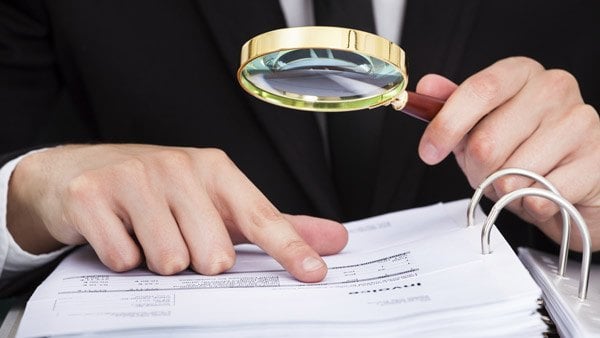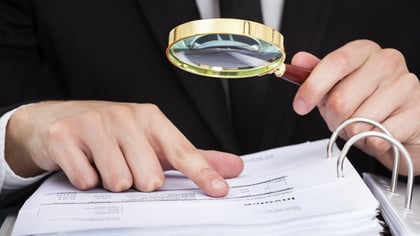
Morningstar this week detailed changes to its rating systems — analyst, quantitative and sustainability — to go live Oct. 31. As a result, some strategies will be downgraded, some upgraded, but most won’t change, according to Jeff Ptak, Morningstar’s head of manager research. Fee-laden share classes will be most exposed to downgrades.
The new ratings will be more useful to investors by emphasizing fees, raising the bar on active funds, and simplifying the system by having two fewer pillars than Morningstar currently uses, Ptak said during a conference call.
The new system will “refine” the pillar rating currently used by Morningstar into three: people, process and parent. Of the other two current pillars, performance, will be “absorbed” into people, process and parent, while price is to be “re-expressed” in the new framework. A key reason for change in performance, the company noted, was “because it is backward-looking and we want to focus on how a strategy will perform in the future.”

The ratings scale also will be redefined to “high,” “above-average,” “average,” “below-average,” and “low,” For analyst ratings, the Global Funds report will be “little changed,” maintaining the Gold, Silver, Bronze, Neutral and Negative ratings.
Fees Matter
The key change is directly deducting a strategy’s expenses from the analysts’ estimate of its potential value-add before fees, which will “see what the strategy will give before fees,” said Ptak. One reason is to make the system more “relevant to key decisions,” that is, to stay with active or go passive, he added.
The rating of gold, silver and bronze will be applied to active strategies that “we feel can beat both a relevant index and peer group average after fees and adjusting for risk,” Ptak noted. “If an active strategy can’t give a positive amount net of fee, it doesn’t get gold, silver or bronze. It must deliver alpha.”
The top 15% of active funds that produce alpha will get gold ratings, the next 35% get silver and the bottom 50% of those with alpha will get bronze. Those that that lack alpha will be awarded neutral (top 70% of that group) or negative (bottom 30% of that group) ratings.
The passive fund “acid test is different than active,” Ptak said. Gold, silver and bronze (15%-35%-50%) ratings will be assigned to indexed strategies whose estimated net-of-fee alpha is expected to exceed that of the median fund in its category or zero, whichever is lower. Those that don’t clear the bar will be rated neutral (top 70% of those) and negative to bottom 30% of that group.









 July 10, 2019 at 01:55 PM
July 10, 2019 at 01:55 PM











